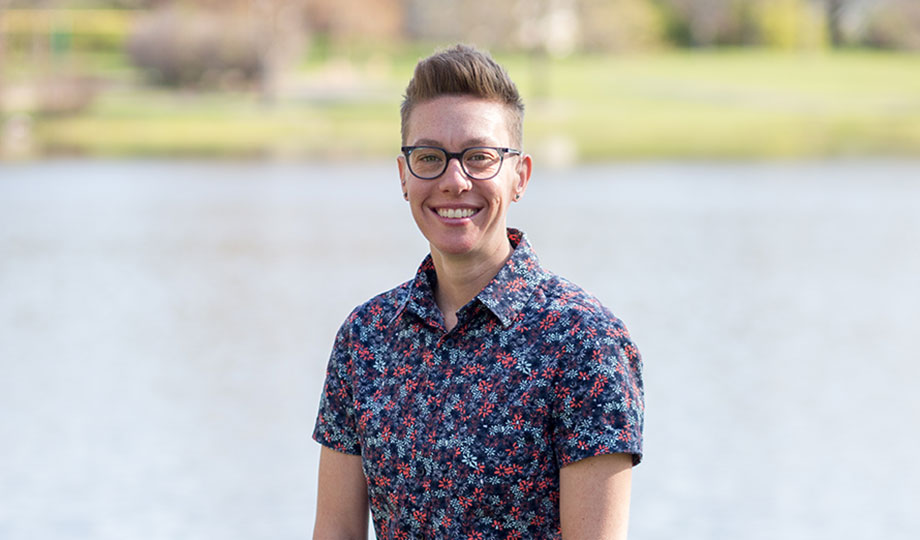
Program: American Sign Language Interpreting
An unexpected opportunity to teach American Sign Language (ASL) ignited Krystle Conrad’s passion for teaching and changed her career trajectory.
“Initially, I set out to become a graphic designer but that changed when a friend pulled me into teaching ASL at a local college,” she said. “I found that I really enjoyed teaching students and making a difference in their lives by providing authentic knowledge not only about ASL, but also about deaf culture and life experiences. I also enjoyed sharing stories and allowing students to understand my experiences growing up deaf.”
After earning a bachelor’s degree with emphases in computer graphics, digital imaging and publishing at Rochester Institute of Technology, Conrad followed her passion for teaching and earned a master’s degree in American Sign Language education at Gallaudet University. An adjunct faculty member at COD since 2015, she teaches American Sign Language II and III, as well as an ASL linguistics course.
Conrad, who has been Deaf since the age of 6, feels that it is important to provide a learning environment where students feel comfortable and welcome.
“As a Deaf, queer teacher, I aim to provide a safe place for everyone who walks into my classroom,” she said. “More than just teaching how to sign, I provide students an experience of culture, education, art and literature using resources within the deaf community, as well as my own personal experiences.”
Conrad said she tries to meet students where they are by providing a flexible and varied approach in the classroom.
“I use a variety of different materials, activities and lectures in the classroom because students have different skills, learning styles and backgrounds,” she said. “Adapting lessons to the students helps them stay engaged and interested. I work to ensure that all students in my class feel included, motivated and capable of learning.”
In 2021, Conrad was named the College-Wide Outstanding Adjunct Faculty Member. She said students who are learning ASL should not just learn vocabulary, but they also should try to gain insight into Deaf culture.
“I use a lot of activities in my classroom that demonstrate everyday dialogue,” she said. “Students interact using sign language with hands-on activities, projects and role-playing with authentic language context discourse. I also encourage students to interact with their classmates outside the classroom and to attend events incorporating sign language as often as they can. To get the full experience of the language, students have to go and interact with the culture.”